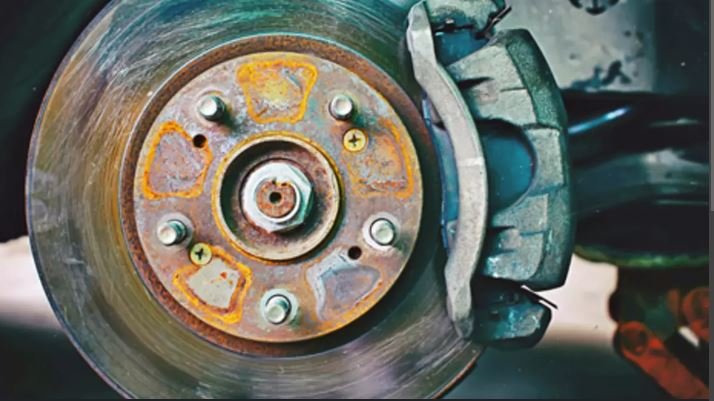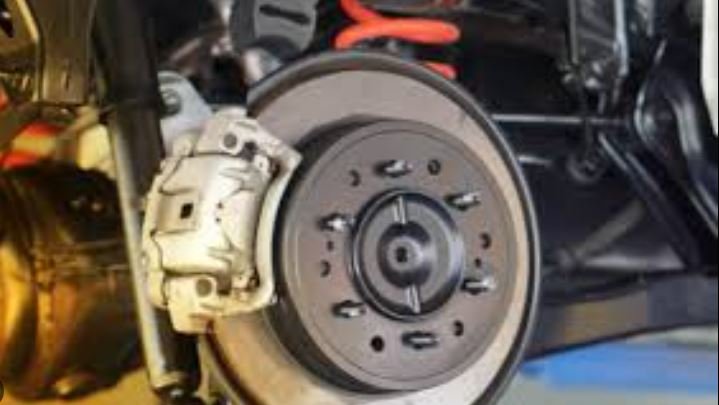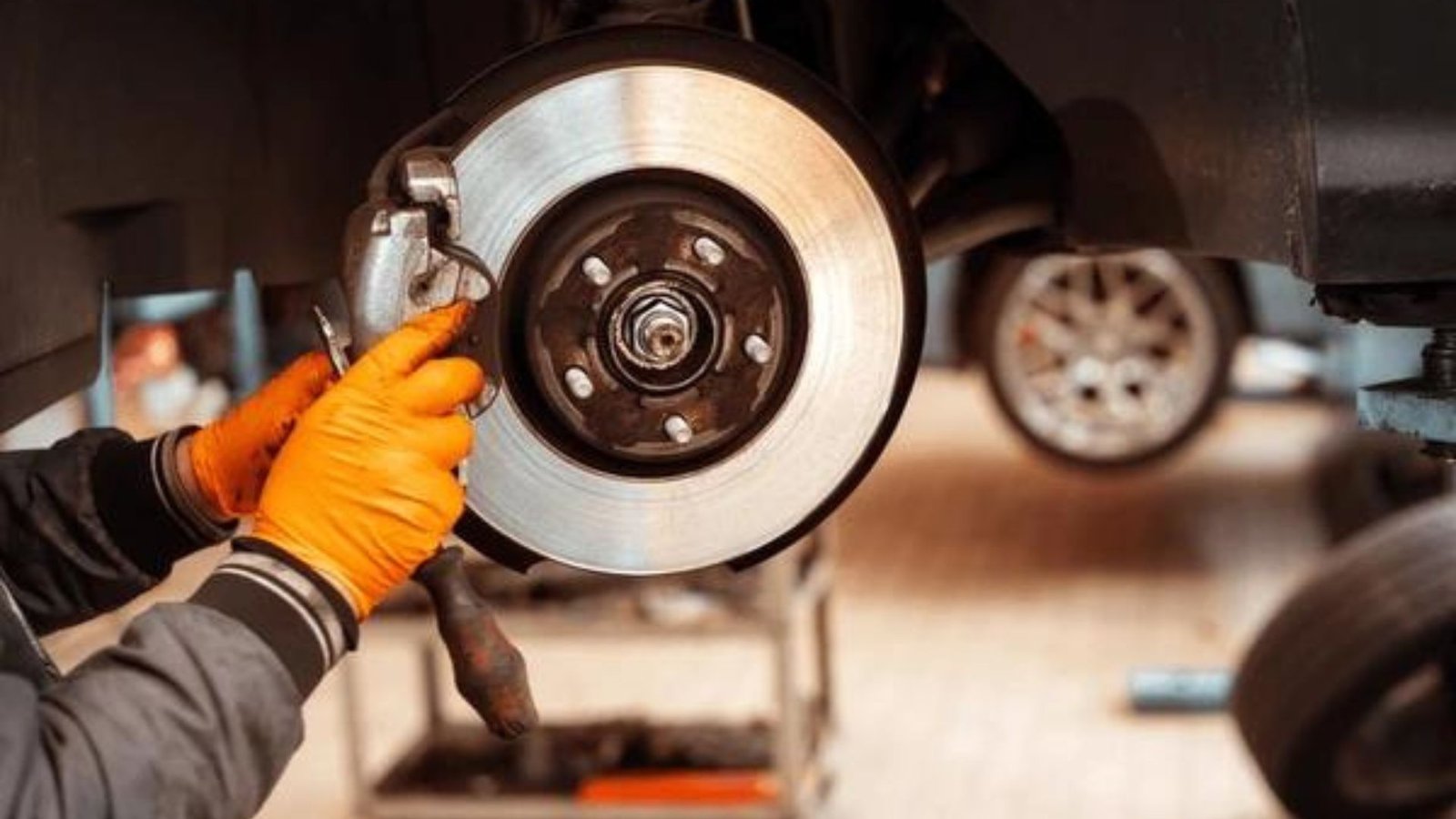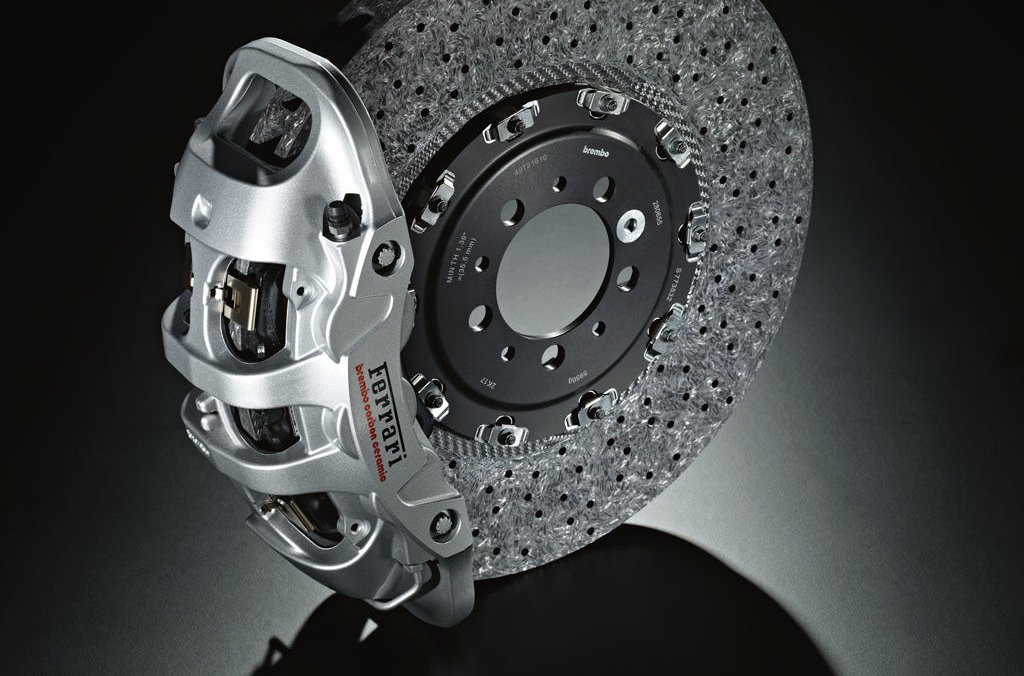Understanding common brake issues can help you maintain your vehicle’s safety and performance. Regularly addressing these issues ensures reliable braking and prevents potentially dangerous situations on the road. This guide highlights frequent brake problems, their causes, and solutions.

1. Squeaking or Squealing Noises
Squeaking or squealing noises often indicate that your brake pads are worn or have accumulated dust. This sound usually occurs when the wear indicator on the brake pads contacts the rotor. To resolve this issue, inspect the brake pads and consider replacing them if they are worn down. Also, ensure the brake pads and rotors are clean and free of debris.
2. Grinding Sounds
Grinding sounds are a more severe issue and suggest that the brake pads have worn down completely, causing metal-on-metal contact with the rotors. This can lead to significant damage to the rotors and reduce braking efficiency. If you hear grinding, it’s crucial to replace the brake pads immediately and check the condition of the rotors. Replacing or resurfacing damaged rotors may also be necessary.
3. Vibrations or Pulsations
Vibrations or pulsations in the brake pedal can signal that the rotors are warped or uneven. Warped rotors often result from excessive heat buildup or aggressive braking. To address this issue, have the rotors inspected and resurfaced or replaced if necessary. Regular maintenance and avoiding hard braking can help prevent rotor warping.
4. Soft or Spongy Brake Pedal
A soft or spongy brake pedal typically indicates that there is air in the brake lines or a problem with the brake fluid. Air in the brake lines can reduce braking effectiveness and create a soft pedal feel. To fix this, have the brake system bled to remove trapped air and check the brake fluid level. Ensure the brake fluid is clean and at the proper level.
5. Brake Warning Light
The brake warning light on your dashboard alerts you to potential issues with the braking system. This light can indicate various problems, such as low brake fluid levels, worn brake pads, or a malfunctioning sensor. If the brake warning light comes on, have your braking system inspected by a professional to diagnose and address the issue.
6. Pulling to One Side
If your vehicle pulls to one side when braking, it could be due to uneven brake pad wear or a problem with the brake calipers. This issue can affect vehicle stability and braking performance. Inspect the brake pads for uneven wear and check the calipers for proper function. Address any issues promptly to ensure even braking and vehicle stability.
7. Brake Fluid Leaks
Brake fluid leaks can lead to a loss of brake pressure and reduced braking performance. Leaks can occur in the brake lines, calipers, or master cylinder. Regularly inspect your brake system for signs of fluid leakage, such as puddles under the vehicle or a drop in brake fluid levels. Repair or replace any damaged components to prevent brake system failure.
8. Overheating Brakes
Overheating brakes can occur from prolonged or aggressive braking, leading to brake fade and reduced effectiveness. Signs of overheating include a burning smell or a loss of braking power. Allow your brakes to cool down and avoid excessive braking. Consider upgrading to high-performance brake pads or rotors if you frequently encounter overheating issues.
9. Brake Pedal Vibration
Brake pedal vibration can occur due to several issues, including uneven rotor wear or imbalanced brake components. Vibration can affect braking performance and comfort. Have your brake system inspected and serviced to identify and resolve the cause of the vibration, which may involve resurfacing or replacing rotors and pads.
10. Brake Pad Noise
Brake pad noise, such as rattling or clunking, can indicate loose or improperly installed brake pads. Ensure that all brake components are securely installed and that the brake pads are properly aligned. Addressing any installation issues and maintaining proper brake pad alignment can help eliminate unwanted noise and ensure effective braking.
Conclusion
Identifying and addressing common brake issues is essential for maintaining vehicle safety and performance. By paying attention to signs such as squeaking noises, grinding sounds, and brake pedal vibrations, you can take timely action to resolve these problems. Regular inspections, proper maintenance, and prompt repairs help ensure that your braking system remains reliable and effective.




